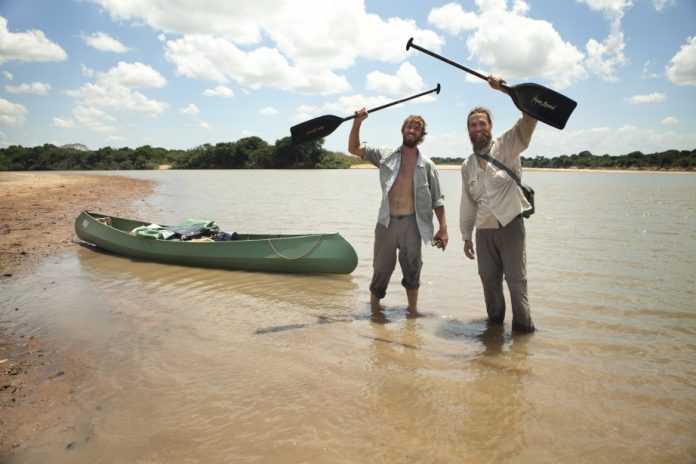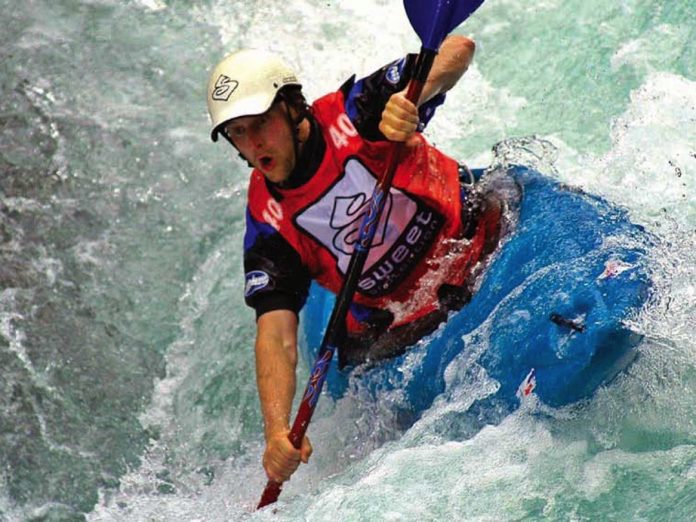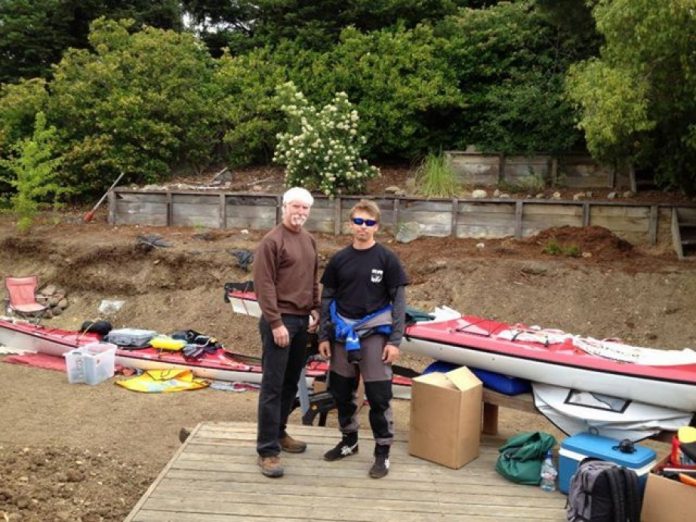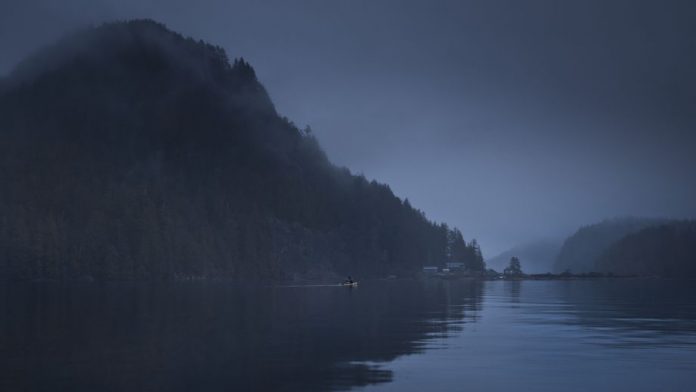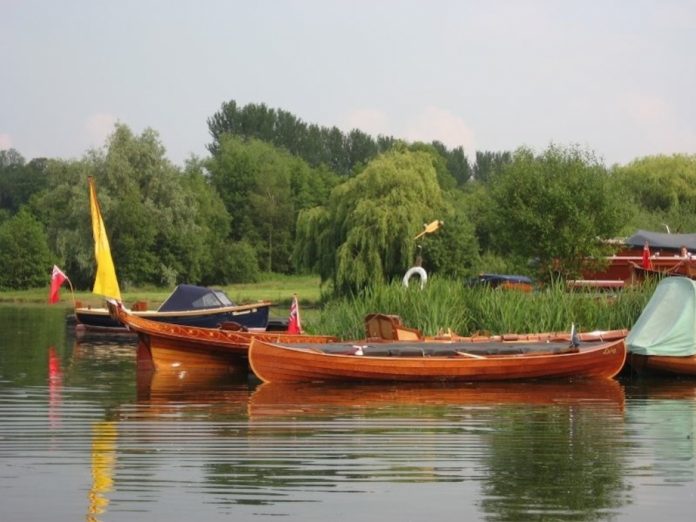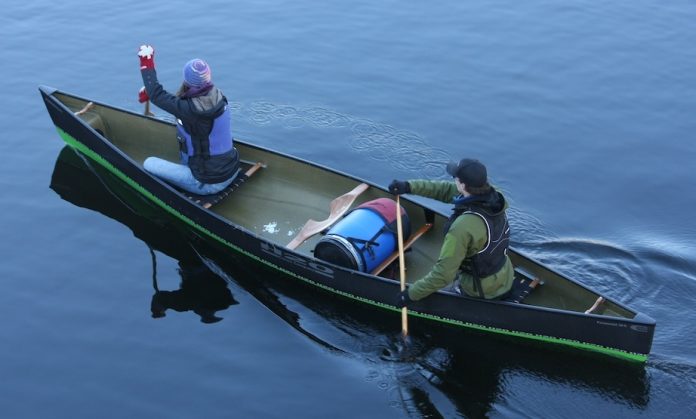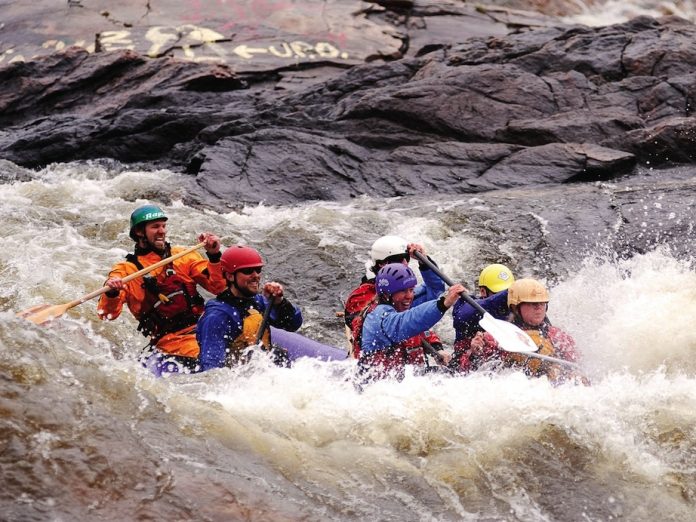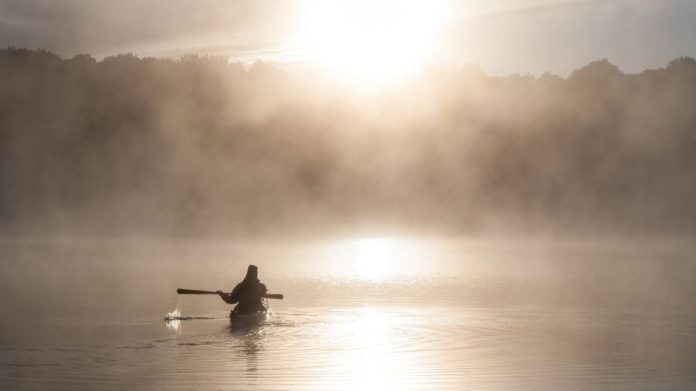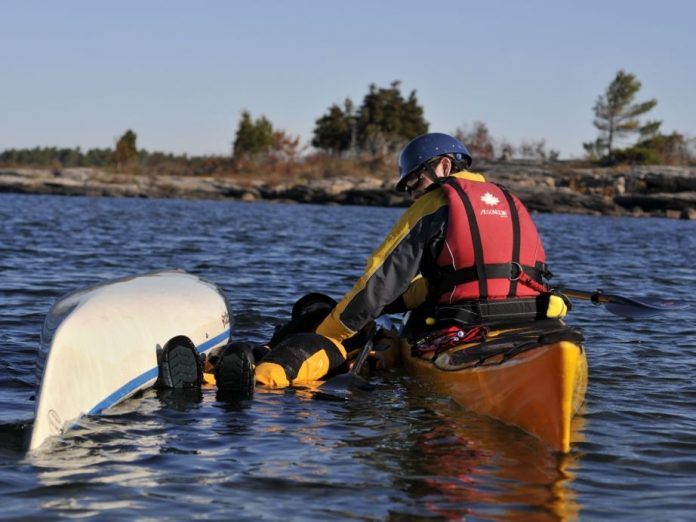Gareth Jones and Aaron Chervenak are attempting a first. The two friends are crossing Brazil from north to south on a historical human-powered journey over 5,600 miles (9,000 kilometers) in length. More than a third of that journey is by canoe on the Amazon River and its tributaries. The rest of the journey—named Brazil 9000—is be powered by foot and bicycle.
“It’s a journey that has never been attempted, not even with the use of motorized transport,” says Jones. “By slowing things down to a human powered pace, like by paddling a canoe, it’s possible to explore some incredible places and connect with people and natural environments in a unique way.”
Photographing and filming their journey, the pair have presented a diverse portrait of Brazil and it’s people by visiting indigenous territories, deforested ranch lands, industrial ports, deserted beaches, fishing villages, pristine jungle and huge metropolises.
When Paddling This Month caught up with the duo they were 126 days and 1,457 miles into paddling through the Amazon basin.
Encouraging an eco-conscious, leave-no-trace travel mentality has become a focus of the trip, which the two share through their website and social media. Both men quit their day jobs to embark on the journey. “I love Los Angeles, but my life there had become sickeningly fast paced and schizophrenic, I wanted to change that,” Chervenak says.
While Jones grew up in the U.K. and Chervenak is a Californian, both credit family members for getting them interested in wilderness paddling as children. Jones’ father built a canoe from scratch and “that was when I first fell in love with rivers,” he says.
Paddling a folding Ally canoe on the Amazon River, they’ve been a curiosity for the locals for who adventure travelers are an uncommon sight. “Most locals living on the river think we are crazy, but a good sort of crazy that makes them curious and more open to share and swap stories with us,” says Chervenak. “Finding commonalities in life and trading stories and experiences with strangers is the best part of traveling down the Amazon.”
Of course, it isn’t always easy—the two have been mistaken for drug traffickers, had their canoe nearly sucked into the propeller of an ocean liner and battled foul weather on their daily 50-kilometer paddles.
But, the good far outweighs the bad, they both agree. “Countless nights we’ve paddled up to stilted riverside shacks with a storm and darkness rolling in, our safety relying on the understanding and kindness of the strangers gazing hesitantly out of the shutters at us,” says Jones. “If they were spooked by the two grubby gringos in a strange vessel, we’d be left paddling through the night. Luckily—and in testament to the Brazilian spirit—we‘ve nearly always been welcomed.”
Brazil 9000 is expected to conclude in the Brazilian city of Chui in 2014. Follow the journey online at www.brazil9000.com.
This story first appeared in Rapid Media’s May Paddling Magazine. Download our free iPad/iPhone/iPod Touch App or Android App or read it here.



